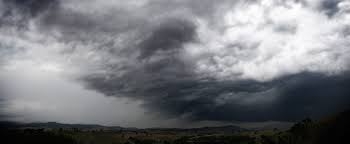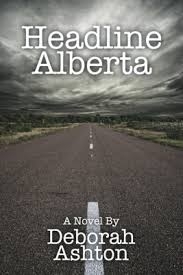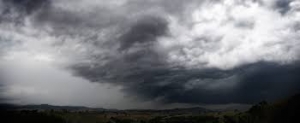
I have a confession to make: part of the reason I read books is because my own imagination is somewhat lacking. You know Jeff at the music store? I have no idea what his life is like outside of that shop. I assume it’s really cool, but who knows? How about Erica at the coffee shop? What does she do with the rest of her life? A simple mind like mind will never figure that out. With a good book, though, you (and by you I mean I) get to know everyone. That’s what I loved about local author Deborah Ashton’s novel, Headline Alberta. Much like Carson McCullers’ The Heart is a Lonely Hunter or Sherwood Anderson’s Winesburg, Ohio, the reader gets to know the community of the novel as if he/she has lived there all along. The way that some authors are able to create such rich lives for so many fictional people is something that always amazes me.
 Headline Alberta is engaging from the very beginning. Ashton sets the stage with ample suspense that hooks the reader from page one. The story concerns the town of Headline, Alberta. For those of you unfamiliar with geography, Alberta is in Canada, which I believe is to our North. Headline is a small community of roughly one thousand inhabitants, and there is an unusually high number of traffic fatalities on the highway leading into town. The protagonist, Suzanne, begins looking into the deaths, and uncovers something that will take you by surprise.
Headline Alberta is engaging from the very beginning. Ashton sets the stage with ample suspense that hooks the reader from page one. The story concerns the town of Headline, Alberta. For those of you unfamiliar with geography, Alberta is in Canada, which I believe is to our North. Headline is a small community of roughly one thousand inhabitants, and there is an unusually high number of traffic fatalities on the highway leading into town. The protagonist, Suzanne, begins looking into the deaths, and uncovers something that will take you by surprise.
Opening the book can be somewhat daunting, as it begins with not one, not two, but seven family trees. However, the story is coherent enough that it isn’t necessary to flip back to them at any point in the reading. Ashton’s characterization is so strong that I felt like I truly knew the characters. During moments at the end of the book, I found myself thinking, “That’s so Myles,” as if Myles is not only a real person, but someone I know quite well. In reality, he is neither.
Ashton also writes very convincing interactions between couples. The subtlety of human interaction is always the hardest to convey, and Ashton does this well. She includes a variety of complications that can occur in real-life relationships and portrays them with heart-wrenching fidelity. So to speak.
 An entertaining facet of the book is that it is, well, Canadian. Ashton writes of two men “curling together,” which I assumed had a kind of Brokeback Mountain connotation. I then realized she meant Curling, the sport with the stones and the tiny brooms. These cultural differences don’t appear often, but it is entertaining when they do.
An entertaining facet of the book is that it is, well, Canadian. Ashton writes of two men “curling together,” which I assumed had a kind of Brokeback Mountain connotation. I then realized she meant Curling, the sport with the stones and the tiny brooms. These cultural differences don’t appear often, but it is entertaining when they do.
There were only three drawbacks to the book. The first, a minor quibble, is that — like any self-published novel — it really could have benefitted from a thorough reading by a copy editor. The second drawback was much more striking: Ashton’s extremely negative portrayal of men. Most men in the novel are abusive, grumpy, selfish, good-for-nothing scoundrels. Of course, there are exceptions, and Ashton does attempt to redeem one toward the end of the book; but, by then, it’s simply too late. Chapter after chapter of off-putting male interactions led me to wonder if this was a Canadian thing, like seeing moose roadkill, or if Ashton herself simply has a poor opinion of the male gender.
 The third drawback has to do with style. Good books have subtle motifs and themes, and Headline Alberta follows suit, except that the motif is anything but subtle. All thirty-six chapters and the Epilogue begin with a quote relating to rain, thunder, or lightning. Moreover, these quotes are often unnecessary to set the tone because the characters deal with storms throughout. The story is so engaging and well-written that I ended up skipping these quotes after a while, because reading them didn’t add anything to the experience. The book could stand on its own without them.
The third drawback has to do with style. Good books have subtle motifs and themes, and Headline Alberta follows suit, except that the motif is anything but subtle. All thirty-six chapters and the Epilogue begin with a quote relating to rain, thunder, or lightning. Moreover, these quotes are often unnecessary to set the tone because the characters deal with storms throughout. The story is so engaging and well-written that I ended up skipping these quotes after a while, because reading them didn’t add anything to the experience. The book could stand on its own without them.
This fast-paced and engaging story will hook you from the beginning. I was so impressed with Ashton’s descriptive writing and excellent characterization, and I highly recommend reading this book.








